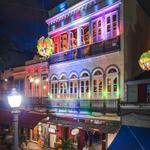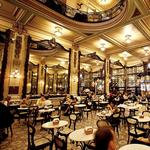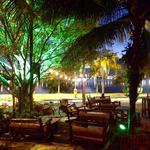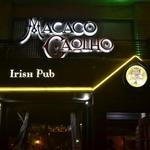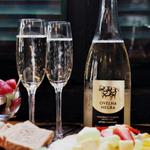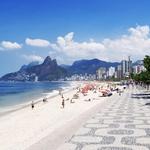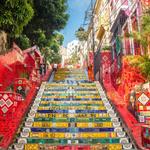Poly & Zé Miguel
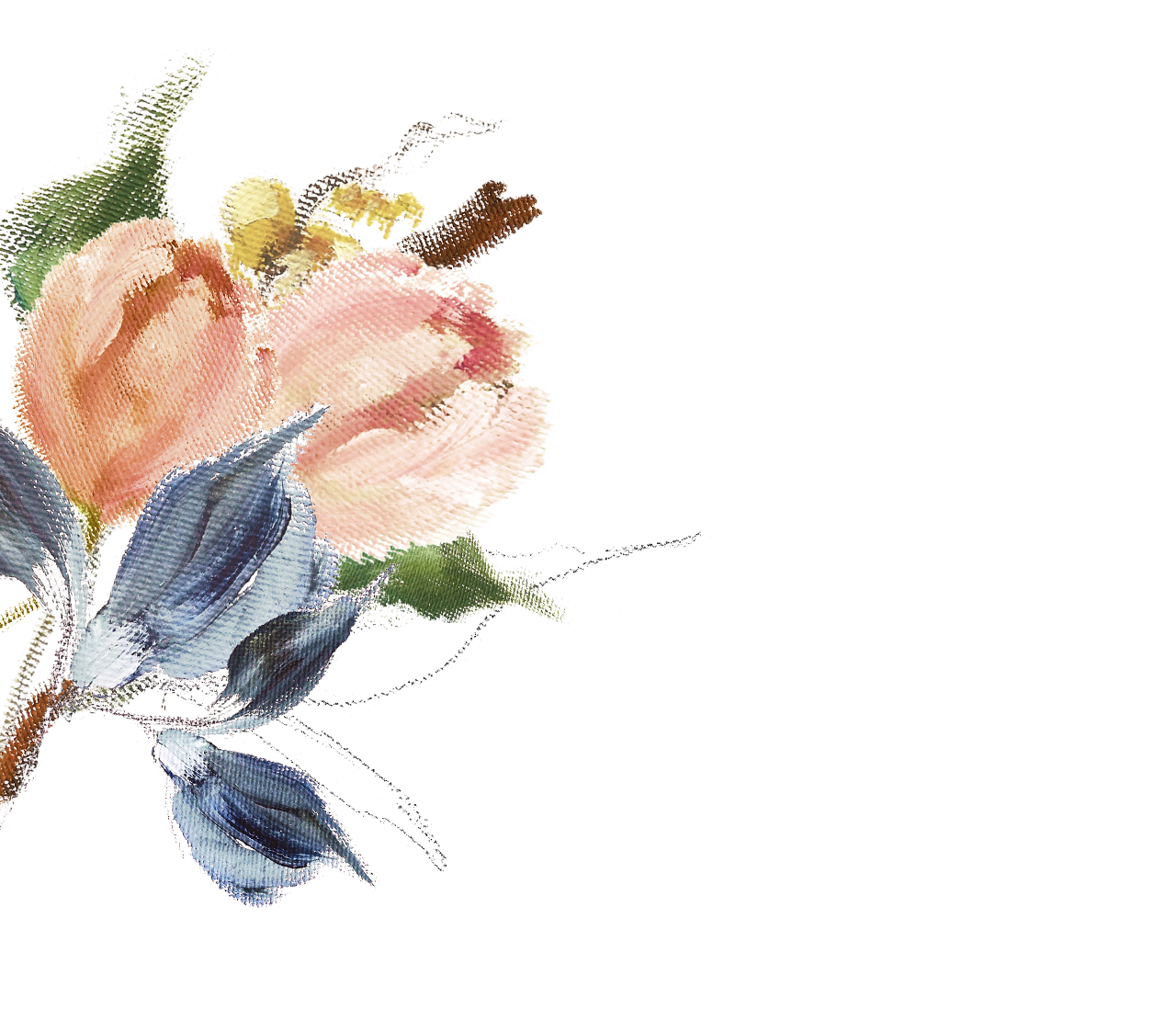
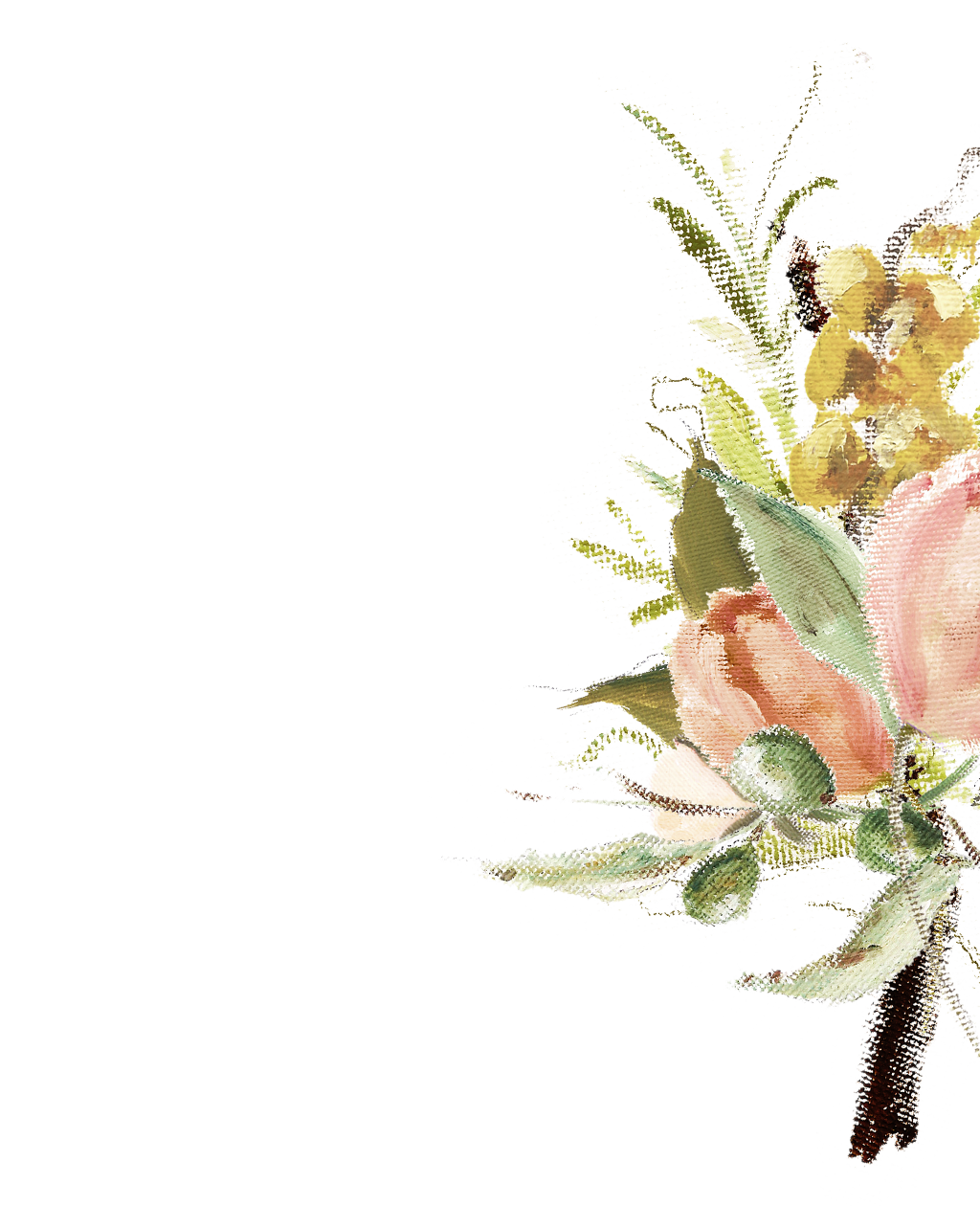
Things To Do
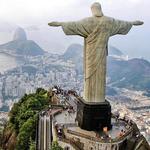
Christ the Redeemer
Christ the Redeemer is an Art Deco statue of Jesus Christ in Rio de Janeiro, Brazil, created by French sculptor Paul Landowski and built by Brazilian engineer Heitor da Silva Costa, in collaboration with French engineer Albert Caquot. Romanian sculptor Gheorghe Leonida fashioned the face.
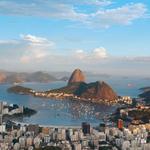
Sugarloaf Mountain
The Sugarloaf Mountain is one of the most important natural, historical and touristic landmark of the city of Rio, the cable cars run every 30 minutes, the ride is divided into two stages, each lasting three minutes. The first stage goes from Red beach (Praia vermelha) to Urca Hill (Morro da Urca). The second stage goes from Urca Hill to Sugarloaf Mountain at an altitude of 528 meters or about 577 yards. Cable car speed varies from 21 to 31 kilometers per hour.

Jardim Botânico
The Botanical Garden shows the diversity of Brazilian and foreign flora. There are around 6.500 species distributed throughout an area of 54 hectares, and there are numerous greenhouses. The garden also houses monuments of historical, artistic and archaeological significance. There is an important research center.
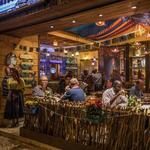
Barraca da Chiquita
If you can't make it to up to Brazil's northeast, this convivial, rather whimsically decorated restaurant is your next best option. Here you can sample traditional meaty fare like sun-dried picanha (rump steak) with fried yucca, Bahian-style polenta with pork offal, or oxtail stew with rice and beans.
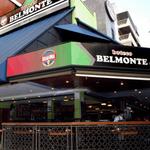
Boteco Belmonte
For a true day in the life of a Carioca, head to the beach then step into Boteco Belmonte to cool off. Located a block from Av. Atlântica, this neighborhood boteco captures everything required after a day on the beach: wonderful fried snacks, cold chope, great service, and a lively local atmosphere. Be sure to try the shrimp pastel, Brazil’s take on the classic South American empanada, for one of the greatest eats in Copacabana.
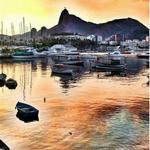
Mureta da Urca
Meeting point for local youth and tourists from the whole world, Mureta da Urca was reference on the city when the issue is cold beer and sunset in one of the most beautiful views of the city. Daily, friends meet at Mureta to talk, to eat snacks served on the street by the bars around and to appreciate a beautiful view of the Guanabara bay. It’s just arrive, ask for the cold beer and enjoy the authentic summer late afternoon of Rio.
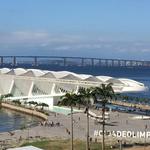
Museum of Tomorrow
The Museum of Tomorrow (Portuguese: Museu do Amanhã) is a science museum in the city of Rio de Janeiro, Brazil. It was designed by Spanish neofuturistic architect Santiago Calatrava, and built next to the waterfront at Pier Maua. Its construction was supported by the Roberto Marinho Foundation and cost approximately 230 million reais. The building was opened on December 17, 2015.

Grumari
Grumari is a neighborhood in the West Zone of Rio de Janeiro, Brazil. Grumari is a municipal park and is the city's only neighborhood with no residents. Grumari has beaches that have not changed in hundreds of years. Grumari Beach lies at the end of a short coastal drive southwest of Rio de Janeiro. It's located in an environmental protection zone, and is buffered by mountains that seem to spring up from the ocean. Between the ocean and these mountains, lies a "restinga" or semi arid coastal scrub land full of dense vegetation.
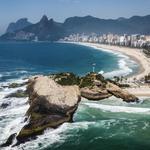
Arpoador
Arpoador (literally, the harpoon thrower) is a region located on the southern zone of the city Rio de Janeiro, in a small peninsula between Ipanema and Copacabana. Part of its territory belongs to the neighbourhood of Ipanema, and part to Copacabana. Arpoador is a very popular place for tourists and locals to walk. Arpoador lies at the end of a 4km walk from Leblon, with a number of cafes located there to allow people to stop to look at the sea or enjoy the sun. The rock itself is open to the public, with a number of walkways in place to make it easier to scale the rocks
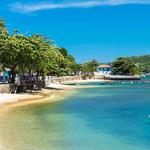
Armação dos Búzios
Armação dos Búzios (or Búzios) is a Brazilian resort set on an ocean peninsula east of Rio de Janeiro. It's known as an upscale vacation destination with numerous beaches. These include Ferradura, on a calm horseshoe bay with water sports, and Geribá, a popular surfing site. Among its village streets, cobbled Rua das Pedras is a center of dining and nightlife.
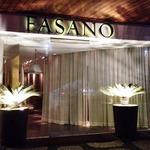
Fasano Al Mare
At Fasano Hotel in Ipanema. Facing the sea of Ipanema, the Fasano Al Mare is led by Rogério Fasano restauranter, whom reaffirms the gastronomic tradition of the his Italian family, in this restaurant specializing in Mediterranean cuisine. Fish, seafood and fresh pasta are prepared by chef Paolo Lavezzini, who has worked in Michelin Guide’s starred restaurants. The luxurious decor includes beautiful chandeliers and is surrounded by white linen curtains, which features the work of French designer Philippe Starck.
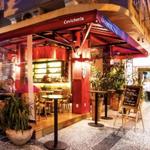
La Carioca Cevicheria
Ceviche is the largest symbol of Peruvian cuisine and recognized worldwide, although no one knows for sure its origin. Along the Latin American coast, it can be prepared in many different ways. Having visited the Peruvian coast and several other surf spots in South and Central America, It has always struck us why ceviche was slow to be known in Rio, since it's all about carioca lifestyle, is healthy, tasty and harmonizes perfectly with a good beer. La Carioca Cevicheria bets on Peruvian food adapted to Carioca and plays with the possibilities of marinades, peppers and seafood. The soundtrack of the house is latin, with lots of salsa, rumba, cumbia and samba.
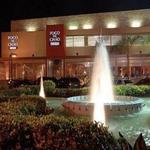
Fogo de Chão Botafogo
Upscale Brazilian chain for all-you-can-eat meat carved table side plus and extensive salad bar. Fogo de chão restaurant in Rio de Janeiro is located in Botafogo with a breathtaking view of the main tourist attraction, Sugar Loaf Mountain. Guests can dine inside the expansive dining room, in the more casual Bar Fogo, or al fresco on the outdoor patio.
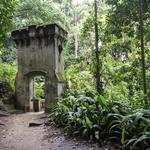
Trilha Parque Lage-Corcovado
This is a must to do if you love hiking in the forest and spectacular viewpoints. By itself, Parque Lage is one of Rio's most special spots with its 52 hectares of native Forest, cultural programs and art. The park also houses trails and one of them leads to the Corcovado Hill in a path of pure green, butterflies, birds, tamarins and even capuchin monkeys. The climb takes about 2:30 pm and is considered difficult, with the recommendation of the support of an experienced guide on the approximately 2240m course. The very steep and waterfall-filled trail leads to the entrance of Christ the Redeemer. Remember that you have to buy the ticket, for sale on site, to visit the monument. The area is within Tijuca National Park and is definitely one of the closest to experience the city's unspoiled nature.

Rodrigo de Freitas Lagoon
Lagoa is a lake located in the upscale neighborhood Lagoa, just a few blocks away from the beaches in Ipanema and Leblon. It occupies an enormous space of 2.4 million square-meters, and attracts various wildlife such as different species of birds, plants and wild capybaras. It is also a key site for rowing clubs, and it’s common to see rowing athletes practicing out on the water.
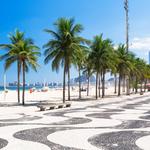
Copacabana Beach
Copacabana beach, located at the Atlantic shore, stretches from Posto Dois (lifeguard watchtower Two) to Posto Seis (lifeguard watchtower Six). Leme is at Posto Um (lifeguard watchtower One). There are historic forts at both ends of Copacabana beach; Fort Copacabana, built in 1914, is at the south end by Posto Seis and Fort Duque de Caxias, built in 1779, at the north end. One curiosity is that the lifeguard watchtower of Posto Seis never existed.[4] Hotels, restaurants, bars, nightclubs and residential buildings dot the promenade facing Avenida Atlântica. On Sundays and holidays, one side of Avenida Atlântica is closed to cars, giving residents and tourists more space for activities along the beach. Copacabana Beach plays host to millions of revellers during the annual New Year's Eve celebrations, and in most years, has been the official venue of the FIFA Beach Soccer World Cup.
